Words Jim Caumeron
Editing Judith Torres
Photography Salam & Firdaus
Project Images Bien Alvarez
Editor’s note: On July 6, 2024, Filipino architect Jim Caumeron took the stage at DATUM KL 2024, held at the Kuala Lumpur Convention Centre. Organized by the Pertubuhan Akitek Malaysia (PAM) or Malaysian Institute of Architects, this annual event is a key feature of the Kuala Lumpur Architecture Festival, attracting leading architects and designers from around the globe. Sharing the spotlight with renowned architects Jo Nagasaka from Japan and Chen Xi from China, Jim Caumeron became the first Filipino architect to present at this esteemed conference. Though initially hesitant, his participation in DATUM KL marks a significant moment in his evolving career.
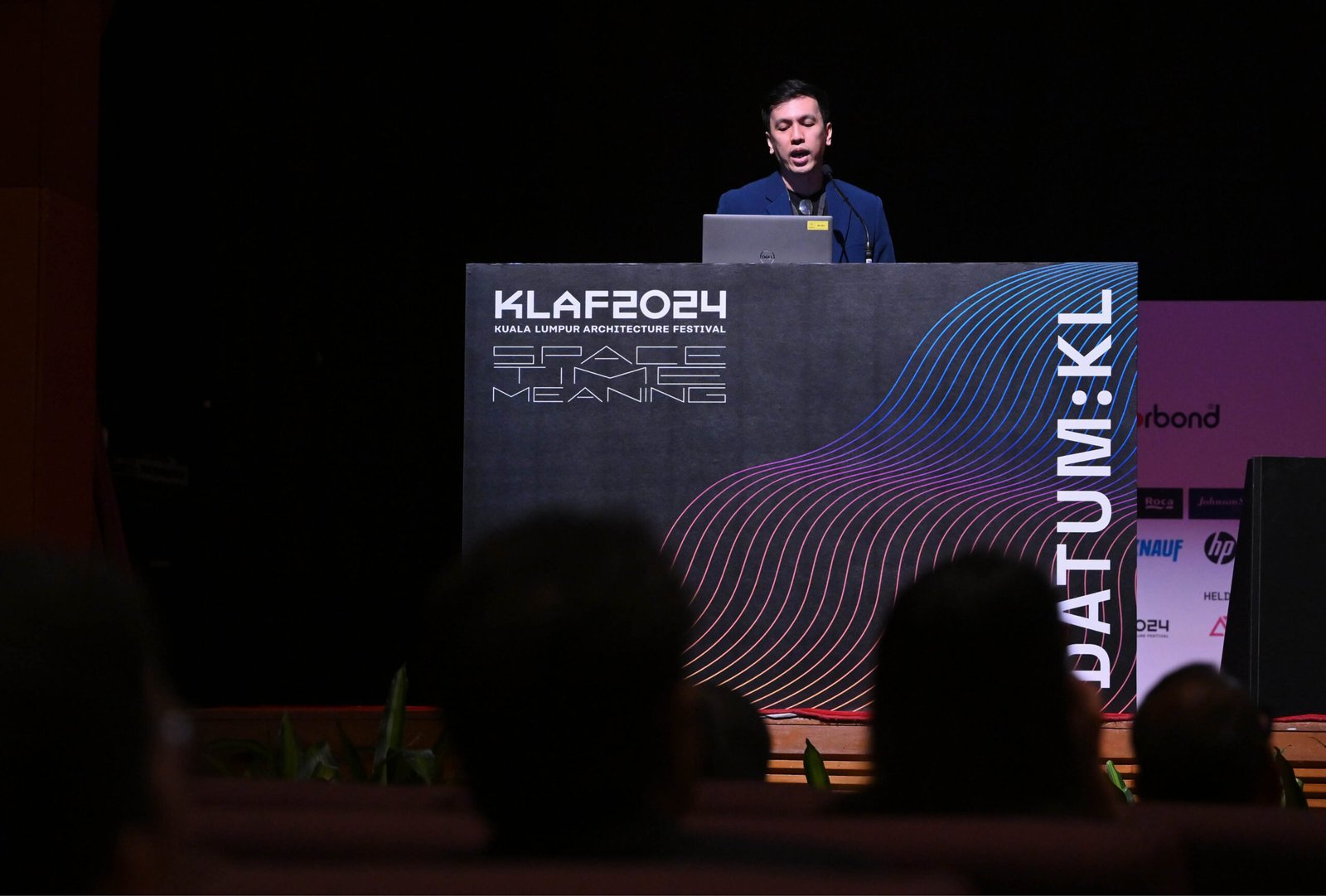

Truth be told, I just want to design beautiful buildings, and that’s it.
So when PAM emailed to invite me to this year’s Kuala Lumpur Architecture Festival (KLAF) as one of the guest speakers, I was ready to say no. This might be the first time I publicly admit that I’ve been turning down speaking engagements because… I’m shy. Sorry, friends, but it’s nothing personal—it’s not you; I’m just an introvert, period.
You might find it ironic, given that I’m a university professor, but keep in mind that classrooms are a controlled environment. I also have YouTube videos, vlogging in public places, and teaching online, but those situations are under my editing control and take place on foreign soil, where nobody recognizes me. I’m at my best when I can immerse myself in my process—at a café, a beach, or within the comforts of home. I’d rather write than talk about my ideas since prolonged talking drains me.
But beyond the obvious stage fright, there’s a principle I always share with my students: their design should speak louder than they do. In fact, the recent publications of some of my work almost feel like bragging, and sometimes, I feel guilty of oversharing. I could claim it was a business-marketing decision to post my work online, but more than anything, it felt like I owed it to the publishers. Their reaching out to me was a form of appreciation for the hard work that went into my projects.
So, these were my thoughts as I was about to compose a polite letter declining the invitation.


However, something about the novelty of the experience made me curious enough to reconsider. Not to mention, many of my colleagues were encouraging me to say yes. But that alone wasn’t enough to push me to confirm, especially since I had promised myself that my first and last public talk would be the one I did in Cebu two years ago for a friend. I asked the DATUM:KL program director why I was chosen. I’ll keep that explanation to myself because, honestly, it wasn’t convincing enough. My family was also encouraging, though their limited familiarity with the industry made their support feel less compelling.
After watching one of my architecture travel vlogs, an experienced colleague once called me a fanboy because of my innocent views of the buildings and cities I visited abroad. This fear of being judged by respected peers probably makes me shy away from public speaking engagements. I’m also well aware of my shortcomings in the many sciences of architecture and urbanism. I freely admit not knowing everything, and I’m not offended by being called a fanboy because it’s true. However, the intent behind that label felt like a gentle insinuation of my ignorance in the design world—which I’ll happily own since it’s my duty as a professor to keep learning. But that doesn’t mean I’m okay with sounding ignorant—I didn’t want the organizers and audience to feel like I wasted their time.
So what made me eventually say yes? The encouragement from my clients and students. Their pride in our projects sent a message: if I go on the DATUM:KL stage, I’m not just representing myself but also showcasing what we’d accomplished together. Now, that was a compelling argument. UNTIL I learned from the list of past DATUM:KL speakers that I would be the first Filipino architect to take the stage. The pressure only increased when I saw the names of international designers I’ve admired for years. I felt the weight of not belonging on that stage and was ready to suggest colleagues I knew could do better.


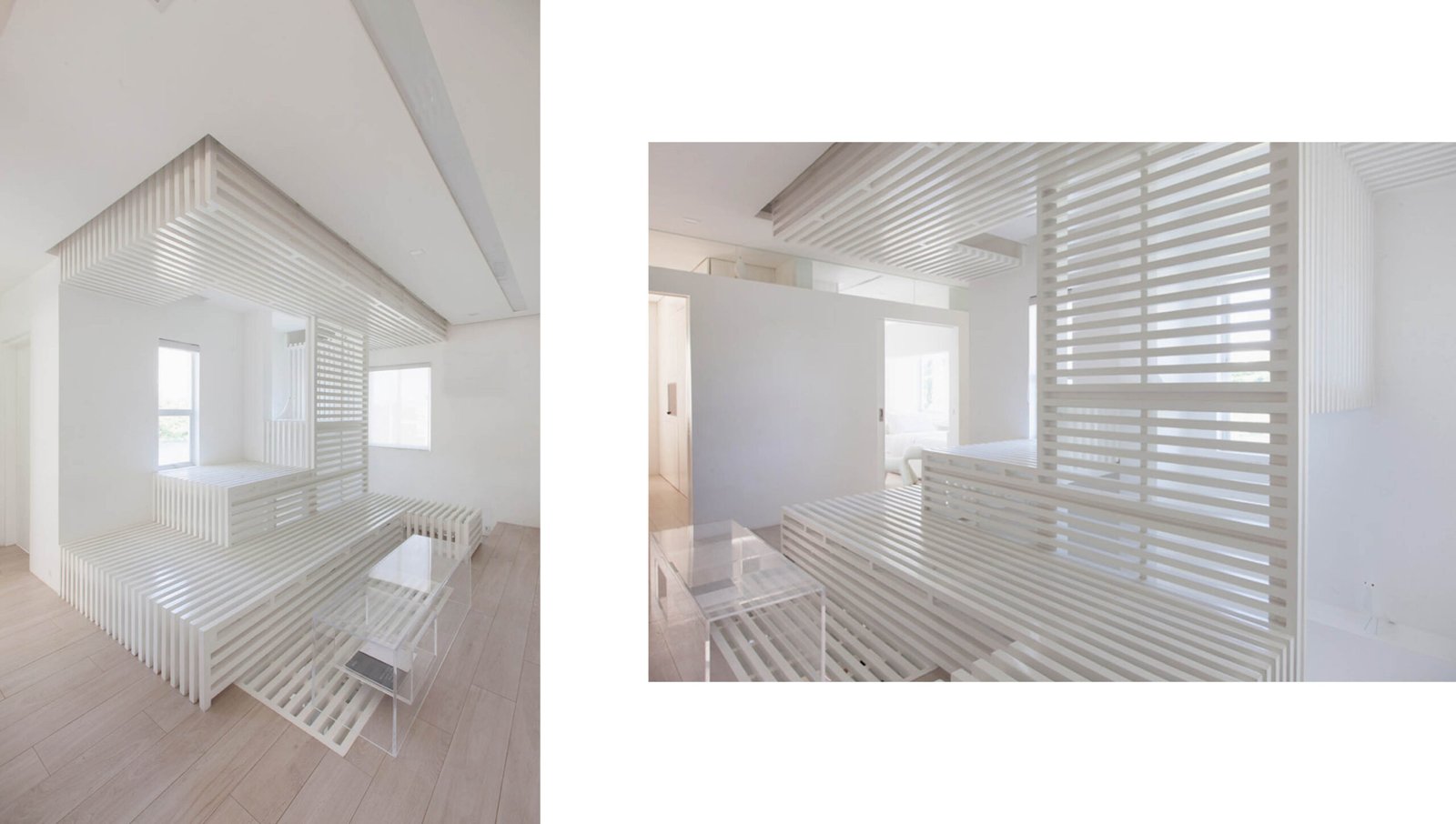

To that end, I reconnected with Kanto editor-at-large Judith Torres, knowing she could suggest replacements for me. Kanto is a passionate supporter of the local design industry, serving as a media partner to local and international design events and even organizing practice crit sessions for architects shortlisted at the World Architecture Festival for many years.
I opened the conversation by asking for advice, but instead, I received a lecture—an encouraging one! The advice washed away my insecurities and helped me confidently embrace my identity as a modest practitioner in the Philippines, just as I take pride in my fanboying activities during my travels. I confirmed my participation the next day, booked the reimbursable ticket to Malaysia, and began preparing for the event.
If you’re an introvert and have an event like this on the horizon, much of your productive time will be consumed by preparation—driven by paranoia. Judith also advised me to memorize my presentation if necessary, but that’s not my style. I wondered if immersion could serve the same purpose as memorization. I figured that the slides I prepared would act as an outline, and since I had immersed myself in these projects, I should know them by heart. Additionally, I had to ensure that my content aligned with this year’s theme, “Space, Time, Meaning.”
Fast forward to the actual event. I was still questioning why I was there. As I entered the auditorium on Day 1, I was overwhelmed by its size despite seeing photos of past events. I stood by the door, facing the audience, and imagined myself on stage. Familiarizing myself with the view might help me feel more at ease when it was my turn the next day. After a few minutes, I sat in the speakers’ row. I didn’t know anyone personally, but I recognized my seatmates as my co-speakers from their faces on the posters and the printed program. However, we were all too polite to speak as someone was already presenting on stage.
Meanwhile, I could only think about returning to my hotel room to tweak my presentation. Instead, I listened to the other speakers and took notes. That same evening, the organizers treated us to a local seafood dinner. I was still unfamiliar with my co-speakers since we sat at separate tables. As we waited for the van to take us back to the hotel, I finally found myself alone with them. I pretended to take skyline videos for my IG Stories while gradually making eye contact with them. We introduced ourselves, and when Jo Nagsaka shook my hand, I secretly giggled inside because I have personal videos of his projects in Tokyo that I absolutely love. The other person was Chen Xi from China, whose projects have recently been widely published.
While in the van, I told Jo and Chen I should present before them. I didn’t want to follow their presentations. They laughed, thinking I was joking—but I was serious.



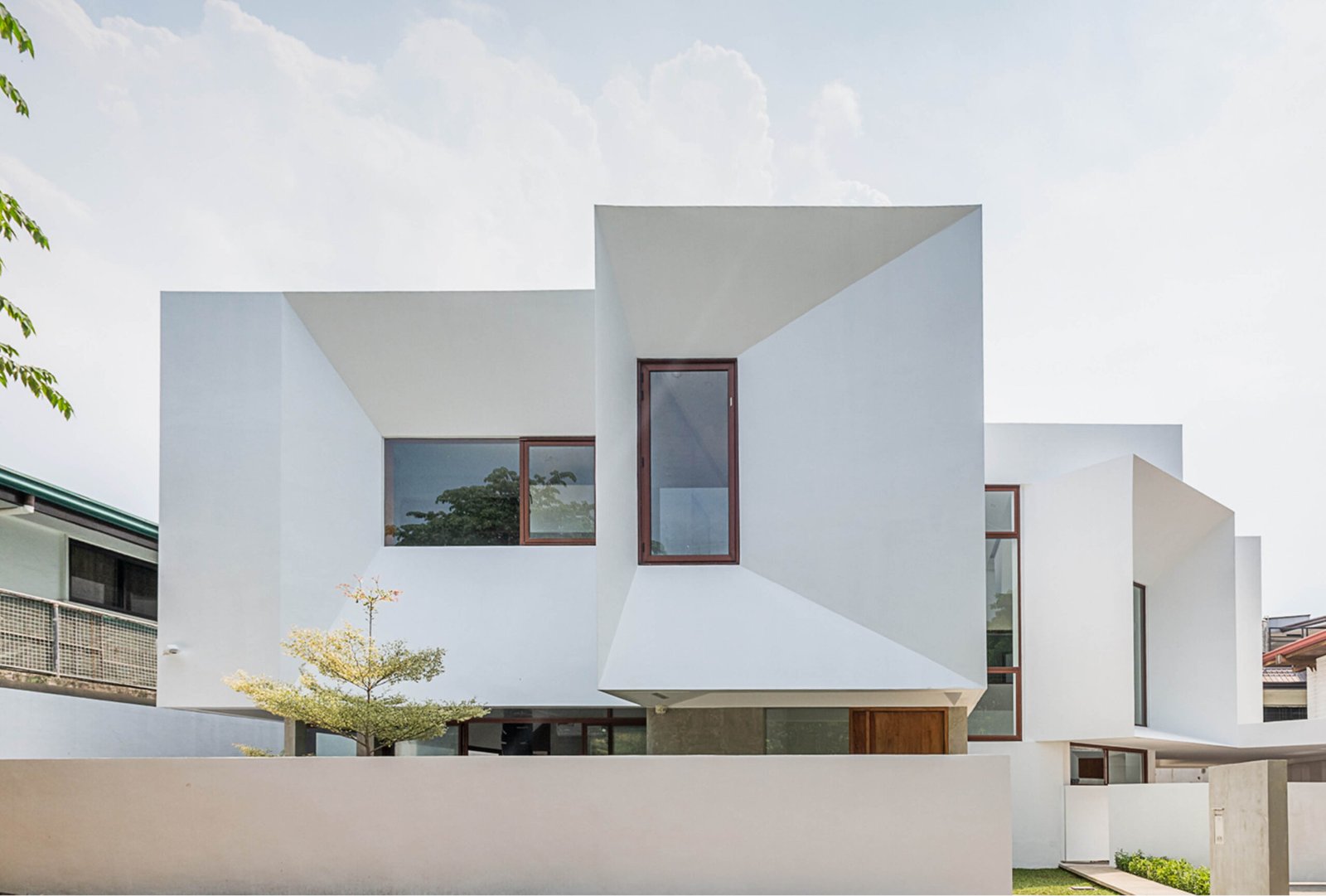
The next day, I woke up late because my insomnia had kicked in. I did catch Chen Xi’s presentation in the morning and wanted to watch and learn from him, but as soon as he introduced himself and his projects, intimidation and insecurity began to settle in. My stomach started churning—whether from last night’s meal or nerves, I wasn’t sure.
Everything I wished I could be was embodied in Chen Xi: advanced architecture education abroad, experience at renowned firms like BIG, and awards left and right. I felt completely inadequate to be on that stage. Panicking, I stepped outside to get some air. I decided I’d just watch the video recording of his presentation later rather than before my turn to speak.
There was a lunch event after Chen Xi’s talk, but I couldn’t eat. I decided to head to Starbucks in the same building to get some tea and try to relax. As I walked, I passed a 7-Eleven and considered getting alcohol to calm my nerves. I ended up back at my hotel, where I gulped down everything I bought. I returned to the auditorium 15 minutes before Jo Nagasaka’s closing remarks. While waiting, I called a friend in the Philippines via Zoom to pray for me—something I did while drinking beer, hoping the alcohol would take effect just in time.
My hotel was only about 300 meters from the auditorium, and I remember walking through the convention center arcade a bit tipsy but feeling more confident. The auditorium’s entrance was on the side, and as I walked in, I heard the emcee say, “magically appears… it worked,” as the audience turned to look at me and began clapping. I glanced at the stage and saw my big face on the screen. Jo Nagasaka had finished earlier than expected, and I happily took the stage without any reservations. I decided to take a leap of faith and just do it. I greeted the audience and spoke to them like they were my students. Everything happened quickly, but I vividly remember my talk going smoothly.
Before my time on stage, I asked myself why I was so scared. What was I fearing? It was something that existed only in my head. Why was I insecure? I believe the probable reasons (truths) were:
- I do not deserve this kind of exposure.
- My portfolio of work is relatively small.
- I do not share the same educational and professional pedigree as my co-speakers.
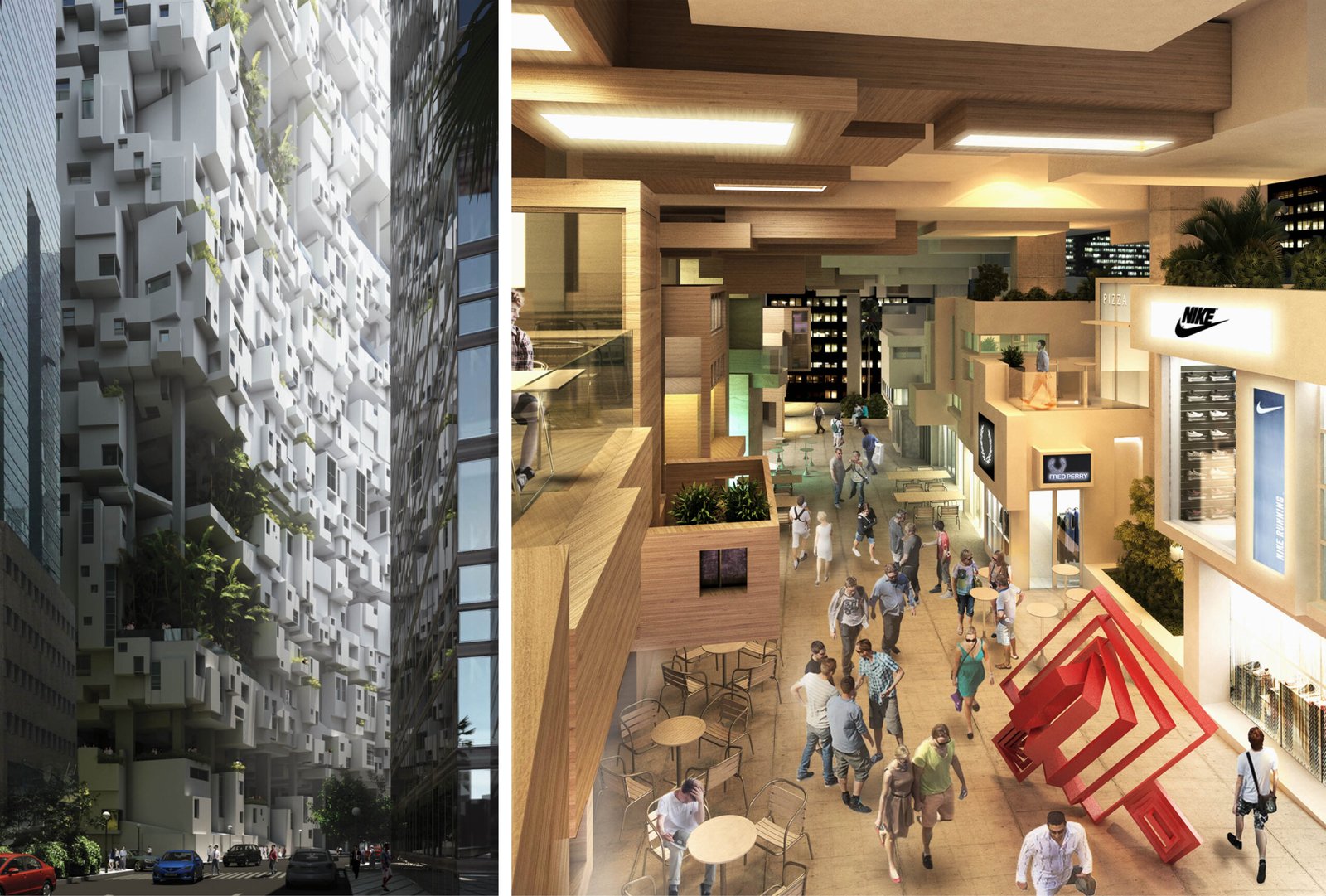

Though difficult and time-pressed, I confronted my insecurities head-on.
Small portfolio: I’ve always taught my students that the size of projects is not an indicator of design intelligence. A former colleague frequently mentioned the multi-scalar nature of design, and we both shared this belief. Indeed, the other speakers at the event presented projects of varying scales. I thought, “Ah, I’m the designer with small projects,” and realized that was okay. This realization inspired me to include my humble projects in my presentation, as they involved a thought process worth sharing.
Educational and professional background: There was a time when all I could think about was earning a degree from an Ivy League school abroad, where my local and foreign idols studied. My co-speakers attended the Architectural Association in London or Harvard GSD, with work experience at renowned offices like Steven Holl or Bjarke Ingels. This made me feel small in comparison. However, I’ve always taught my students that our backgrounds and experiences, in addition to our diplomas, shape our philosophies. I didn’t have the same qualifications as my co-speakers, so I sought mentorship from local designers I admired. When the College of St. Benilde launched its architecture program, I knew I wanted to be part of something new, an opportunity to introduce something progressive. I found kindred spirits among my fellow teachers, whose creativity fueled my self-discovery and my place in the design field. My disagreements with brilliant colleagues, whose sensibilities greatly differ from mine, have only strengthened my resolve. I intentionally immersed myself in these situations and environments because they provided the work experience and educational growth I aspired to. What I shared at DATUM:KL came from accepting that I am different from my co-speakers.
Deserving of the stage: The limited international exposure of my projects did not merit stage time at DATUM:KL. I wondered whether they were worth discussing because I thought my work needed a critical mass to form a worthwhile philosophy—one that defines a speaker’s uniqueness, which is what this event was all about. I was wrong! I realized that even with a few projects, we make subconscious and conscious design decisions—what we call “design intuition.” The preparation for this talk became a process of assessing and reviewing these intuitions to see if they aligned with one another and my values. I was happy to find that they did. I believe that this alignment is the hallmark of well-thought-out work consistently produced.
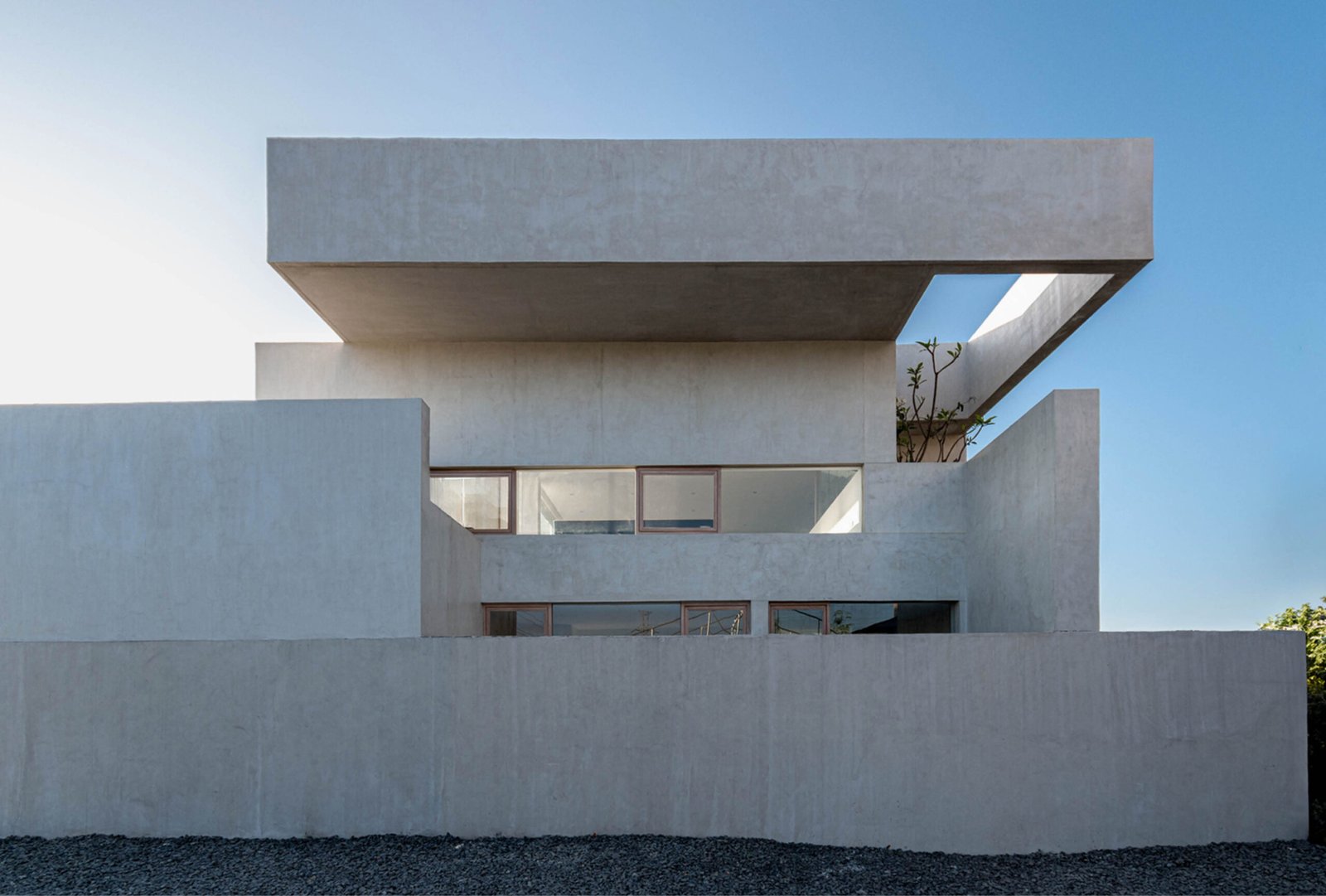





So, I shared this journey at DATUM KL and urged the audience to seek their own paths, embracing the unique experiences and values that shape their design processes.
“Fanboy” may sound derogatory, but I’ve come to realize that being one has been a tool for self-improvement and introspection. Over the years, it’s what has driven me to seek out encounters with people I admire—and even those I disagree with—who have directly and indirectly taught me valuable lessons within the fields and sciences of architecture. Maybe I was just paranoid, but the fear of failure pushed me to assess whether there was genuine substance in what I do. It’s easy for practice to disillusion you and steer you away from the idealistic values we hold fresh out of school. That’s why I value my academic environment so much—it keeps my values in practice youthful. The event reminded me that it’s okay not to know everything, to be self-aware of your limits and capabilities, and to leave room for growth and learning.
The DATUM KL talk was a rare event but a cherishable memory. Will I say yes to another speaking engagement? Honestly, I’m not wired for it. But if I have something meaningful to share—values and realizations, more than just the designs I produce—I might willingly say yes again. •

